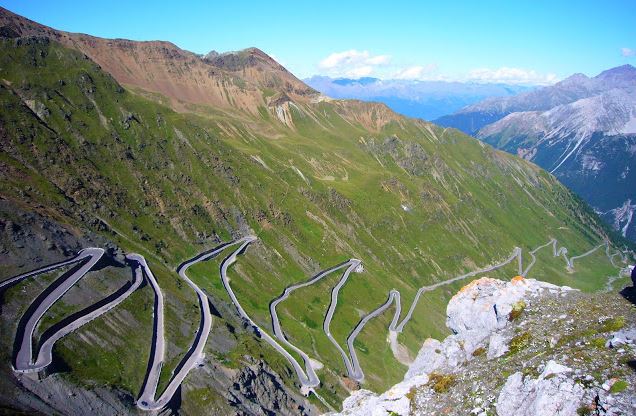
Thanks for joining us for this 4 part series on all things climbing, for triathletes. In Part I we discussed the physics of climbing on your bike, explaining that there is no such thing as pixie dust that makes you a better or worse or climber…it’s just physics. In Part II we discussed gearing considerations for riding hilly courses. Today we continue the series by discussing the unique perspectives associated with climbing that can be very valuable to your training or very dangerous on race day.
I like to group the perspectives of riding your bike up a hill into two categories:
- Decreased Rate of Perceived Exertion
- Hill vs Climb
Decreased Rate of Perceived Exertion (RPE)
Most cyclists find it mentally easier, or not as difficult, to do the same or more work up a hill vs that same work performed on flat ground. The net is that most athletes find they can push themselves very, very hard up a hill, at a decreased mental cost, to that same effort done on the flats. This creates two dynamics for training and racing that you should be aware of and can leverage to your benefit:
Train in hills, a LOT: you will generally find yourself doing much more, harder work, at a reduced mental cost, when training on a hilly course vs on the flats. Increased fitness is simply the functional expression of your ability to perform more work, to ride the bike faster and/or longer. The more work you perform, the more fit you become. If you can perform more work on a hill vs on a flat, then, all things being equal, riding hills will usually make you more fit than riding on the flats for the same time spent.
In addition, gravity doesn’t lie and when you climb, your time up the hill is a function of both your fitness and your weight. And so riding hills also provides a venue to help you stay on target for both your fitness and body composition goals.
Exactly 3.3 miles from my house is the bottom of Chantry Flats, a 3.1 mile climb at an average grade of about 5-6%. I’ve done climbing repeats on Chantry Flats for the better part of a decade, across a very wide range of fitness and body composition, with times ranging from 18:xx to 25:xx. This training venue has given me a deep appreciation for exactly what improving watts per kilogram of body weights actually means on the road, and is a great tool for keeping me honest with my both fitness and body composition goals.
Be aware of the difficulty of managing your effort effectively when racing a hilly course: this reduced RPE is a double edge sword -while great for training, it can be dangerous on race day if you’re not aware of it. Because it’s usually mentally easier to do hard work on a hill, many athletes ride hills in races much harder than they should, simply because it can be difficult to know just how hard you’re actually working on a hill. And everyone else around you is experiencing this same RPE vs Work disconnect, so it’s easy to get caught up and hammer up every hill…because everyone else is doing it!
But if you are aware of this effect and are a disciplined rider, racing hilly courses can provide you with a significant advantage, especially as race distance increases. The longer the event, the more success is a function of race execution skills vs fitness. And so you want to seek out race venues that increase the likelihood of your competition making mistakes…and hilly courses certainly fit this description!
Hill vs Climb
Many triathletes feel a lot of trepidation around the challenge of riding hills, usually because they don’t know and haven’t experienced the difference between a hill and a climb:
- Hill: you approach a rise in the road and maybe you can see the top. Yep, that’s a hill, it will be over relatively quickly, I just need to manage my effort and get up is sensibly.
- Climb: ok, I’m going to be going up this thing a while. I’m just going to sit up, manage my effort, and keep going up until it starts to go down. Ain’t no big thing.
Two things here. First, if you don’t ever ride hills, then EVERY hill is an OMG CLIMB!! But if you make an effort to seek out longer and steep grades, pretty soon that CLIMB becomes just a hill, or even a false flat. This no fear, I’ve seen worse, been there done that attitude is extremely powerful training and racing tool to put in your mental toolkit.
And as a bonus, hills and climbs are often found in epically cool, mountainous training locations offering excellent opportunities to do cool stuff with your fitness, which in the end is what all of this is really about!

Leave a Reply